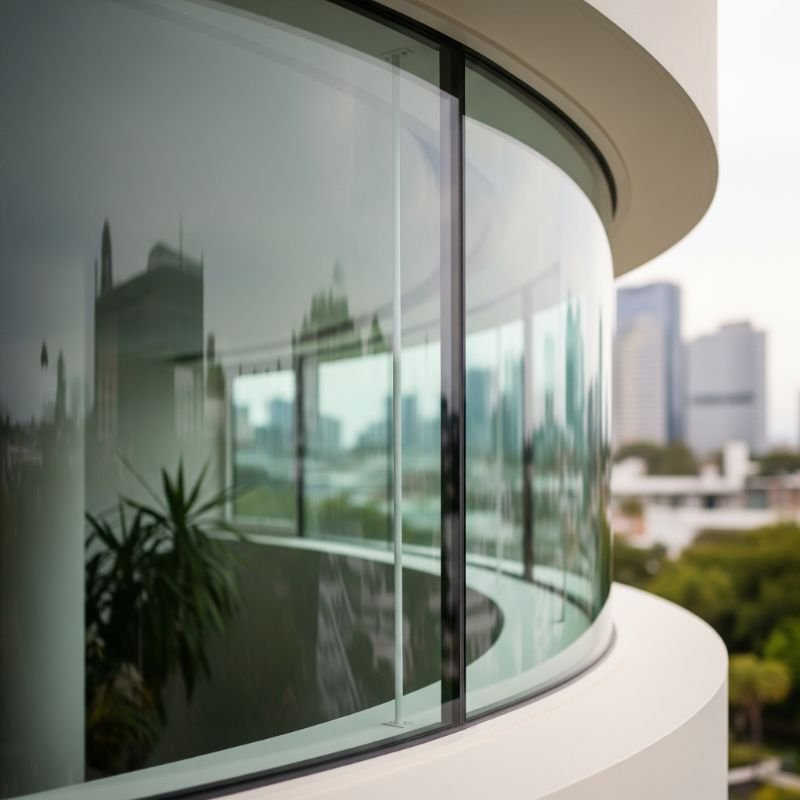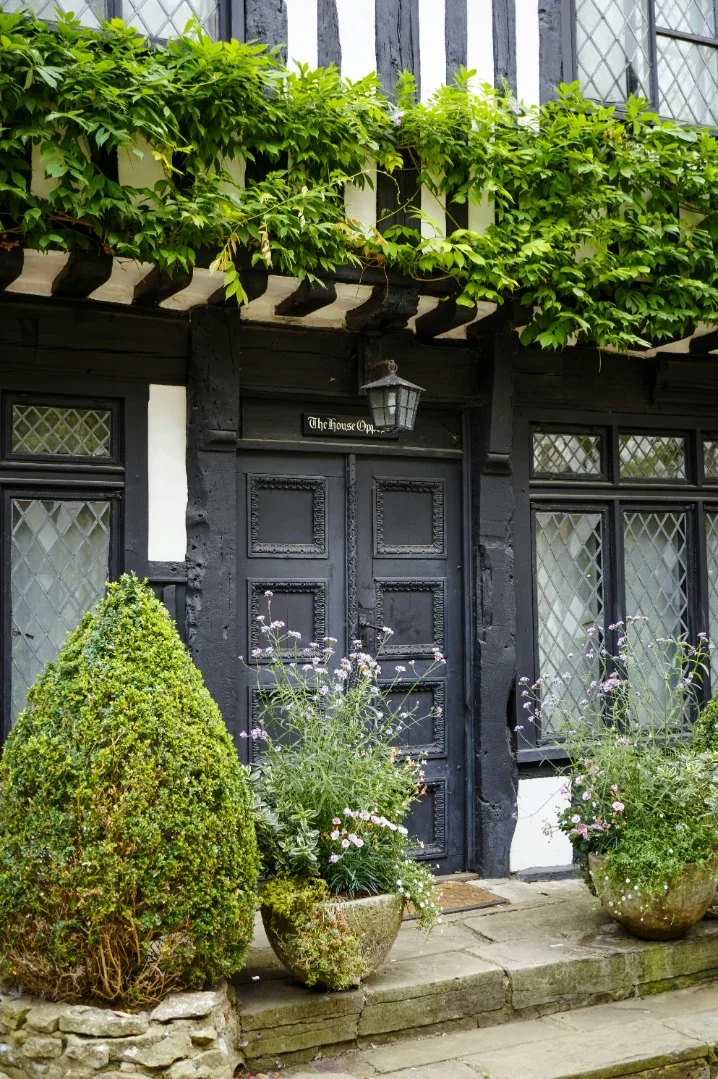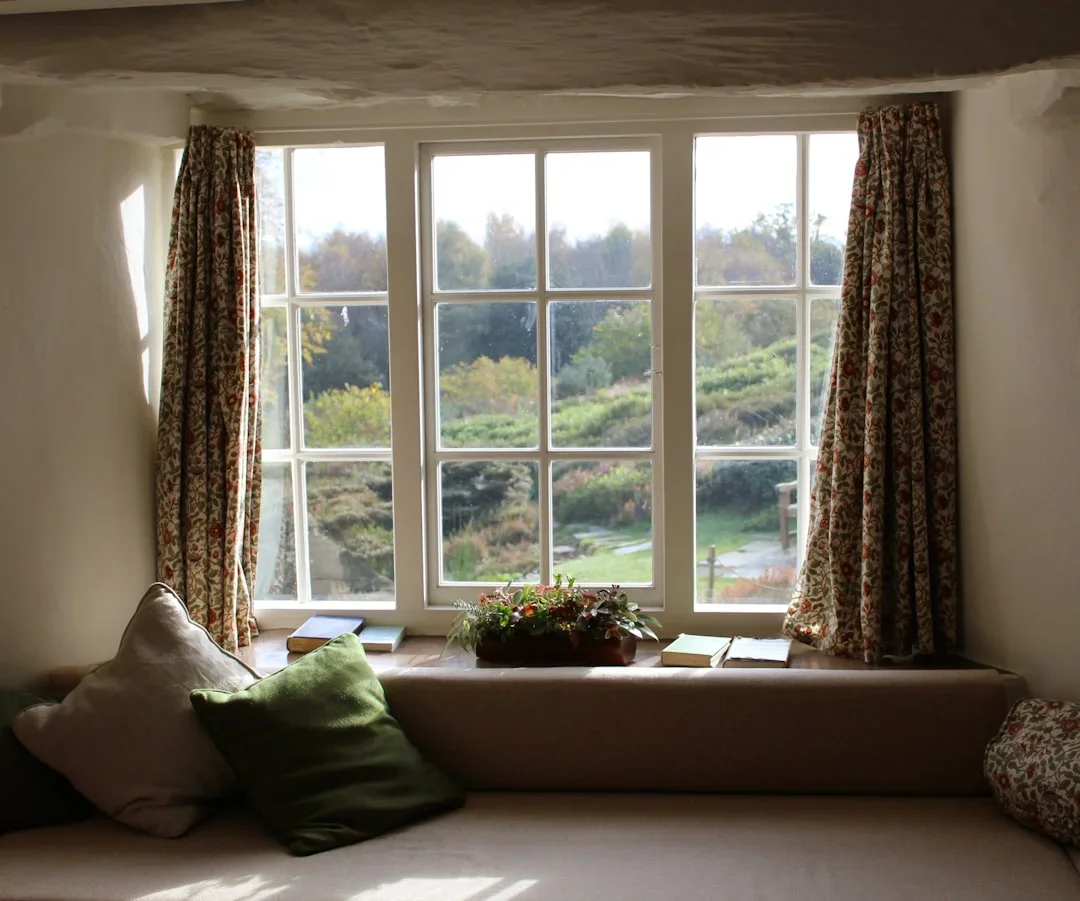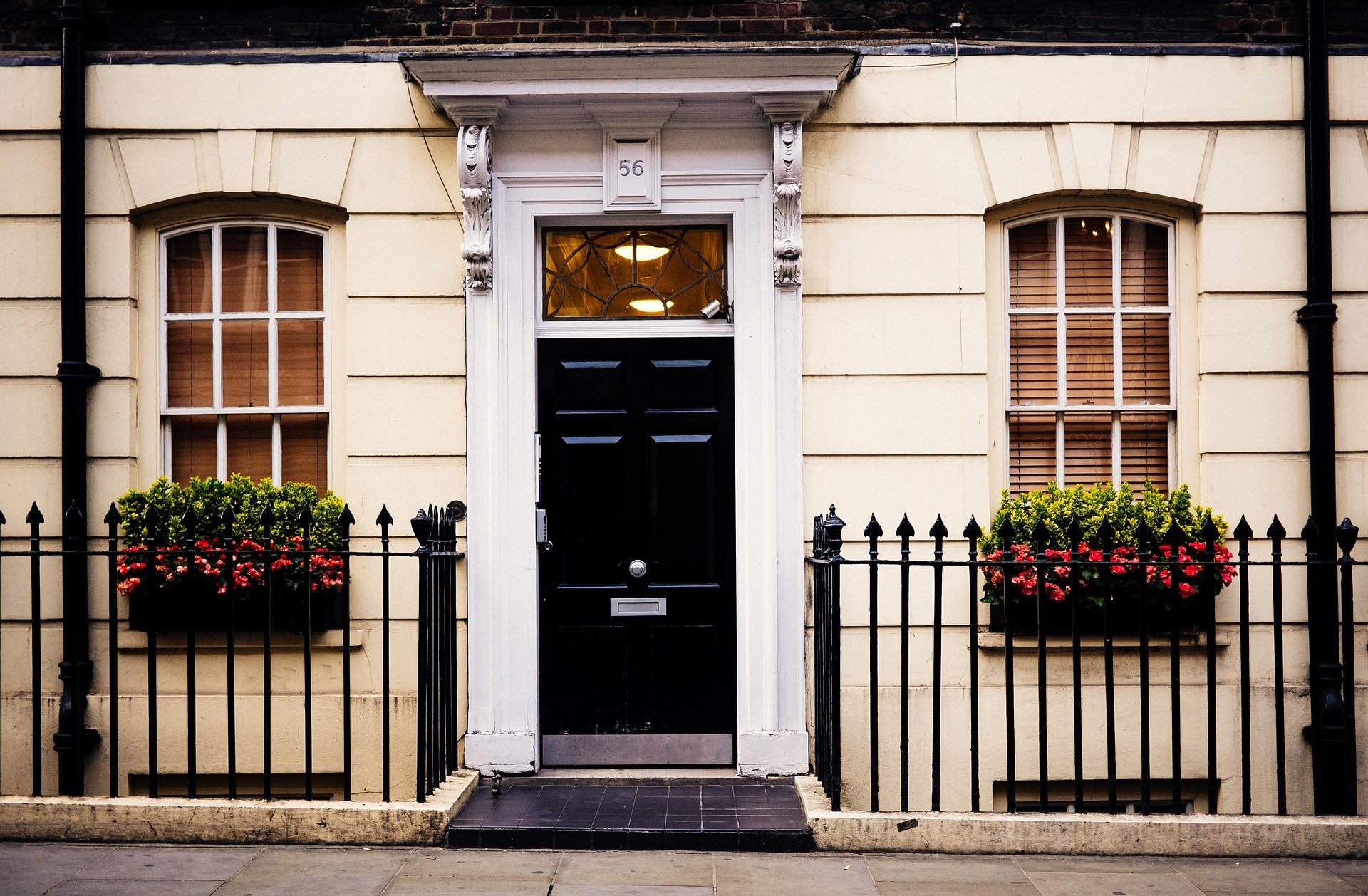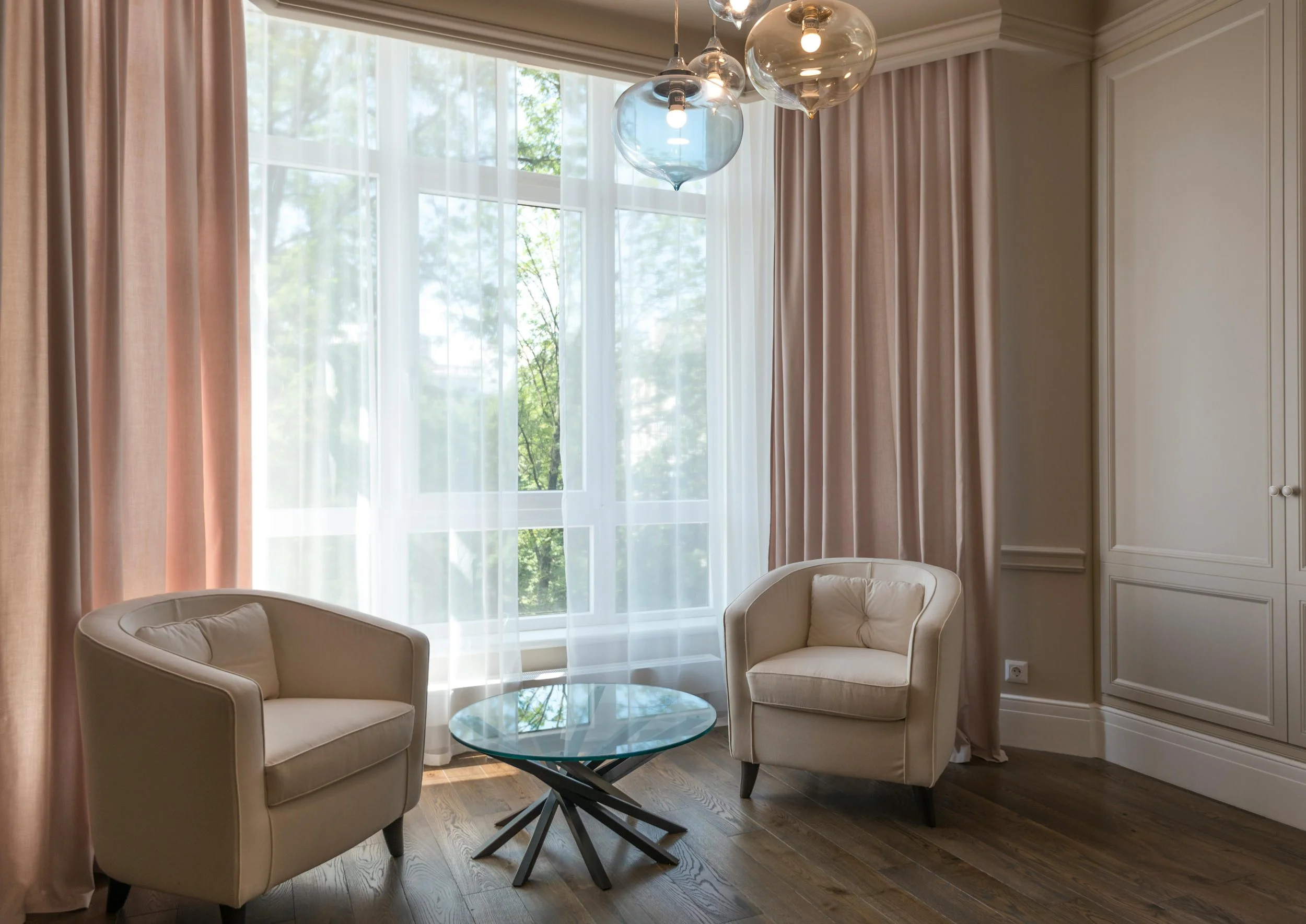Why Curved Windows Are the New Luxury Feature in Modern Homes
Curved windows add architectural elegance and natural light to any space. Discover why they’re becoming a top choice in luxury modern home design.
In today’s renovation landscape, windows have become one of the most impactful changes a homeowner can make—especially among Gen Xers and Baby Boomers. These generations, often focused on increasing long-term property value and enhancing their day-to-day living experience, are increasingly drawn to upgrades that improve natural light, energy efficiency, and design sophistication. For many, windows are major focal points, especially in big living rooms.
The trend toward larger, more open spaces with panoramic views has naturally brought attention to window design. While standard rectangular windows have dominated for decades, homeowners are now exploring options that offer both architectural flair and modern luxury. Among the most striking of these are curved windows—features that are redefining what upscale living looks like. From gently bowed bay windows to dramatic wraparound glass walls, curved windows are gaining momentum as the ultimate statement piece in modern home design.
The Aesthetic Appeal: What Makes Curved Windows So Desirable
There’s an undeniable elegance to the gentle sweep of a curved window. Unlike the harsh lines of traditional frames, curved windows introduce a softness to a home’s architecture that feels both organic and refined. They follow the natural flow of the eye, guiding it across a space without interruption. In homes where light, space, and openness are valued, the presence of a curved window can transform a room from ordinary to extraordinary.
Curved windows also amplify the sense of space without necessarily changing the footprint of a room. The way light bends and reflects through the glass adds dimension, making interiors feel brighter and more expansive. In addition, curved windows offer unique opportunities for design integration. They can follow the contour of a staircase, open up a corner view in a living room, or create a dramatic focal point in a kitchen or sunroom. In essence, they blur the boundary between architecture and sculpture—offering homeowners a way to blend structure and artistry.
A Signature of Luxury: Why They Signal Upscale Living
In high-end residential architecture, exclusivity often comes down to customization—and curved windows are rarely mass-produced. Every curve is carefully designed to fit a specific space, which means these windows are not just rare, but completely tailored. That alone signals sophistication and status. It’s no surprise that you’ll often find curved windows in multimillion-dollar homes, boutique hotels, and architect-designed properties.
What makes them feel luxurious isn't only the cost, but their visual impact. Curved glass is inherently dramatic. It turns heads. It elevates ordinary rooms into magazine-worthy spaces. The curvature reflects light in a distinctive way, creating shifting shadows and subtle optical effects throughout the day. These windows aren’t just a feature; they’re a statement. They say the homeowner values uniqueness, design, and the kind of craftsmanship that doesn’t come off an assembly line.
In many ways, curved windows embody the spirit of modern luxury: not loud or gaudy, but thoughtful, elegant, and forward-looking. They help define a home as distinctive—something that feels designed rather than simply built.
Installation Matters: Why Curved Windows Require Experts
As beautiful as curved windows are, they are not a casual home upgrade. Curved glass complexity lies not only in the fabrication of the glass but in the architectural and structural planning required to install it correctly. Standard windows can often be swapped out with minimal disruption, but curved windows demand precise framing, custom supports, and expert handling.
The installation process begins long before the glass arrives. Structural assessments are necessary to determine whether a wall can support the altered load distribution of curved frames. The frames themselves often need to be custom-fabricated from materials like bent aluminum, steel, or specialty wood to ensure they follow the arc of the glass perfectly. One misalignment—however small—can lead to compromised sealing, drafts, or worse, cracks under pressure.
Moreover, curved glass is more sensitive to mishandling. Because it’s a custom product, any break or imperfection often means weeks of delay and additional cost. Transporting and fitting curved panels requires specific equipment and a team with specialized experience.
In short, installing curved windows isn’t a DIY weekend project. It’s a task for seasoned professionals who understand both the art and science behind it. While this adds to the cost, it’s an investment that ensures the windows perform beautifully and efficiently for years to come.
Value and Function: More Than Just a Pretty Curve
Beyond their looks, curved windows offer practical benefits that support their growing popularity. They enhance how natural light enters a room, providing more even distribution throughout the day due to their arched geometry. Unlike flat panes, which may cast harsh shadows or create glare, curved glass softens the light, creating a more ambient and comfortable interior environment.
These windows also open up expansive sightlines. By wrapping around corners or curving gently along a wall, they provide broader, uninterrupted views of the outdoors—a particularly attractive feature in homes with gardens, ocean views, or scenic surroundings.
Functionally, curved windows can be made with the same energy-efficient glazing technologies used in high-performance flat glass. Low-emissivity coatings, double glazing, and UV-blocking laminates can all be applied to curved panes, ensuring they provide insulation and protection without sacrificing aesthetics.
For homeowners concerned with resale value, curved windows offer a strong return. They distinguish a property in a competitive market and are often highlighted in listings as premium features. In high-end real estate, uniqueness sells—and few elements are more unique than a beautifully installed curved glass window.
Is It Right for Your Home? Considerations Before Investing
Of course, curved windows aren’t the right fit for every home. Their success depends on several key factors, starting with structural feasibility. Curved glass requires specific wall configurations and sufficient support. Not every facade or interior wall can accommodate these changes without significant modification.
Budget is another important consideration. Because everything from the glass to the frame to the installation must be customized, the cost is higher than that of standard windows—sometimes significantly so. However, for homeowners viewing this as a long-term upgrade or part of a major renovation, the return in terms of both aesthetics and value can justify the expense.
Style compatibility should also be weighed. While curved windows complement modern, contemporary, and transitional designs beautifully, they may feel out of place in certain traditional or industrial settings. That said, clever design integration can help them bridge the gap between classic and modern elements.
Homeowners should also check with local zoning regulations and permit requirements before committing to a curved window installation. While rare, some neighborhoods may restrict certain types of architectural modifications, especially if they affect exterior appearance.
Curved windows are more than just another trend—they represent a shift in how homeowners think about light, space, and design. For those investing in the homes they plan to enjoy for years to come, curved windows offer an opportunity to combine functionality with refined beauty. They transform ordinary rooms into sculptural spaces, invite nature inside, and elevate the everyday experience of home.
As architecture continues to evolve toward fluidity, openness, and customization, curved windows are poised to remain a defining feature of luxury design. For those ready to make a bold, elegant upgrade, the curve is well worth the commitment.
